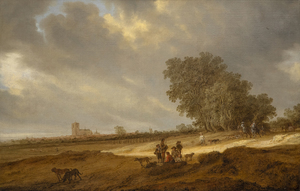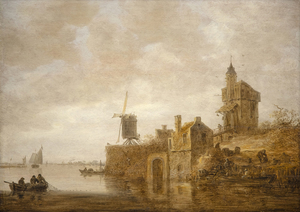
MONTANA ALEXANDER
Vorsitzender, Global Director
New York | Connecticut
Montana Alexander ist Partnerin bei Heather James Fine Art und arbeitet zwischen New York City und Connecticut. Sie leitet das Vertriebsnetz der Heather James Galerien weltweit und ist für die unternehmensweite Strategie zuständig, während sie gleichzeitig ihre Gruppe bedeutender Sammler berät.
Montana hat zuletzt bedeutende Gemälde von Ed Ruscha, Claude Monet und Mark Bradford bei privaten Sammlern platziert. Sie ist seit 2013 bei Heather James tätig und hat unsere bedeutende Expansion von zwei regionalen Galerien in den globalen Kunstmarkt vorangetrieben. In der Vergangenheit sicherte sie sich unter anderem eine große Gruppe von Nachkriegs- und zeitgenössischer Kunst aus der Corporate Art Collection der General Electric Company sowie die Gemälde von Sir Winston Churchill für unsere Wanderausstellung 2018. Montana erwarb ihren Bachelor of Arts an der University of Connecticut in Kunstgeschichte und Business Management und absolvierte das Postgraduiertenprogramm Art Business des Sotheby's Institute in New York.

JULIA JACKSON
Leitender Direktor
New York
Julia Jackson ist in New York und Connecticut ansässig. Seit sie bei Heather James tätig ist, hat sie Einlieferungen gesichert und beim Aufbau bedeutender Privatsammlungen mit wichtigen Künstlern wie Alexander Calder, Richard Diebenkorn, Camille Pissarro, Alfred Sisley, Robert Motherwell, William Baziotes, Roy Lichtenstein, Andy Warhol und Tom Wesselmann geholfen. Julia erhielt ihren B.A. vom Rollins College. Sie ist Junior Associate am Museum of Modern Art und Mitglied von Soho House.
HEATHER JAMES FINE ART - NEW YORK hat sich zu einer wertvollen Ressource für lokale Kunden entwickelt und bietet eine breite Palette an Unterstützung und Hilfe für eine große Bandbreite an Objekten. Mit Hilfe der Experten von Heather James Fine Art sind unsere Vertreter in der Lage, Ihnen zu helfen, wenn Sie Fragen zum Kauf oder Verkauf haben oder ein Objekt aus Ihrer Sammlung schätzen lassen möchten.
Wir bieten eine breite Palette von kundenorientierten Dienstleistungen an, darunter Nachlass- und Steuerplanung, Inkassomanagement, Gutachten, Logistikmanagement, Akquisitionen und Finanzdienstleistungen.
IN DEN NACHRICHTEN
DIENSTLEISTUNGEN
Heather James Fine Art bietet eine breite Palette von kundenorientierten Dienstleistungen, die auf Ihre spezifischen Bedürfnisse zugeschnitten sind. Unser Operations-Team besteht aus professionellen Kunsthändlern, einer kompletten Registrierungsabteilung und einem Logistikteam mit umfangreicher Erfahrung im Bereich Kunsttransport, Installation und Sammlungsmanagement. Mit einem weißen Handschuhservice und einer persönlichen Betreuung geht unser Team noch einen Schritt weiter, um unseren Kunden außergewöhnliche Kunstleistungen zu bieten.
KENNENLERNEN
GALERIEN
45188 Portola Avenue
Palm Desert, CA 92260
(760) 346-8926
Öffnungszeiten: Nach Vereinbarung
172 Center Street, Suite 101
P.O. Box 3580
Jackson Hole, WY 83001
(307) 200-6090
Öffnungszeiten: Nach Vereinbarung

































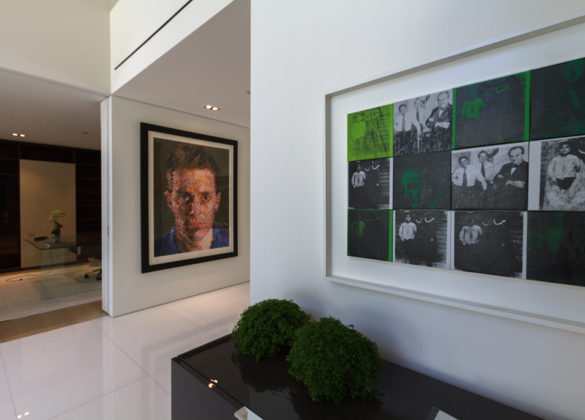
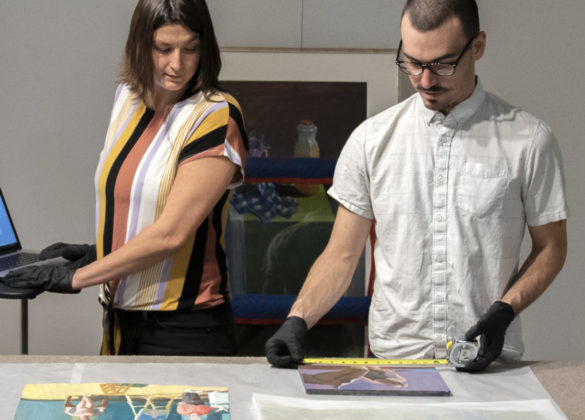











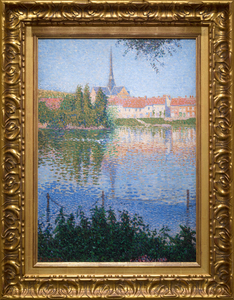
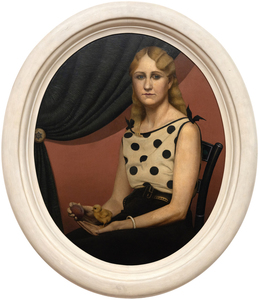
,_new_mexico_tn40147.jpg )
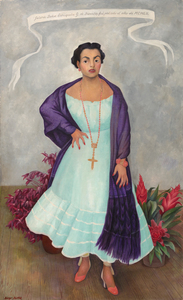
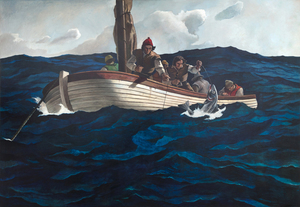
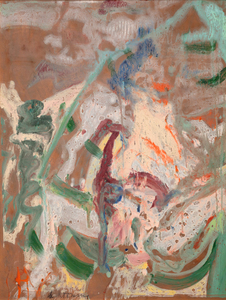
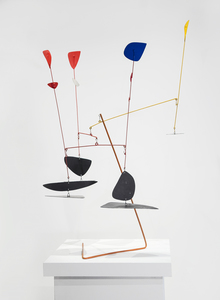
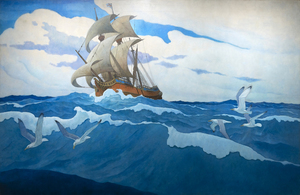
_tn45742.jpg )
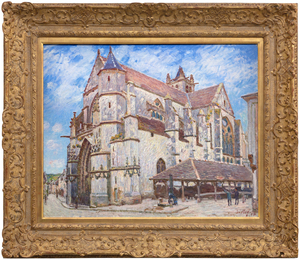
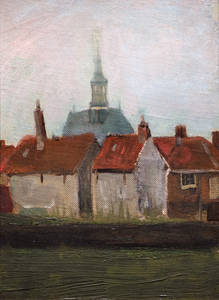
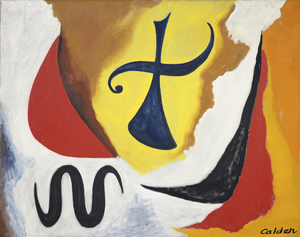
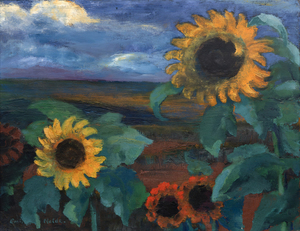
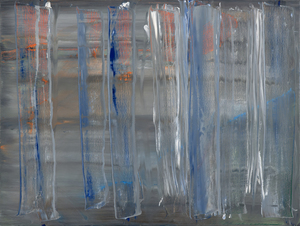
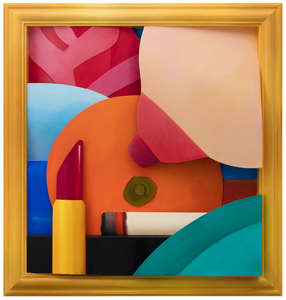
_tn45734.jpg )
_tn45731.jpg )
_tn45741.jpg )
_tn43950.jpg )
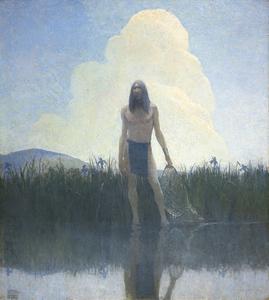
_tn45739.b.jpg )
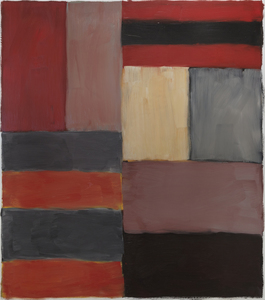
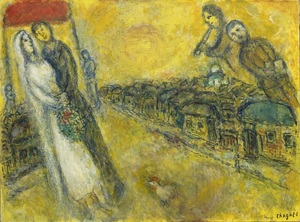
_tn45733.jpg )
_tn40169.jpg )
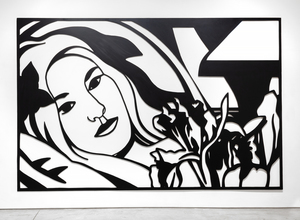
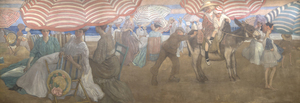
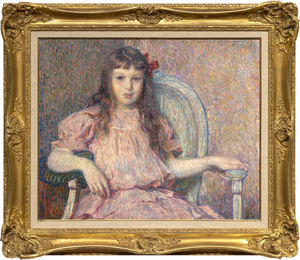
![SIR WINSTON CHURCHILL-View of Loch Choire (C 51) Painted while staying at Dunrobin Castle, the estate of the Duke of Sutherland, Churchill chose to set his easel behind a tree where he likely thought of it as a framing device, adding a layer of depth, creating a stronger sense of foreground, middle ground, and background, enhancing the three-dimensionality of the picture. Churchill painted at both Dunrobin as well as the Duke’s Sutton Place estate, later the home of John Paul Getty.<br><br>As Mary Soames describes it in her book, Winston Churchill, His Life as a Painter, “1921 had been a year of heavy personal tidings” for Churchill and his family, as he lost both his mother, Jennie Cornwallis-West, and his beloved child, Marigold, aged nearly four. In a letter to his wife Clementine, Churchill wrote, “… Many tender thoughts, my darling one of you and yr sweet kittens. Alas I keep on feeling the hurt of the Duckadilly [Marigold’s pet name].” That Churchill chose to stay with the Duke and Duchess at Dunrobin just after Marigold’s death speaks to their close friendship and his fondness for the area, including Loch Choire. It is no surprise that Churchill gifted the painting to the Duke of Sutherland](/Art_Images/Small/sir_winston_churchill_view_of_loch_choire_(c_51)_tn45743.jpg )
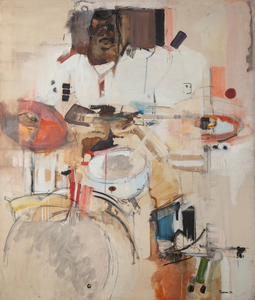
_tn45732.jpg )
_tn27035.jpg )
_tn45736.jpg )
![SIR WINSTON CHURCHILL-The Library of Sir Philip Sassoon's House at Lympne (C 19) Churchill counted as both a friend and political ally, Phillip Sassoon – one of Britain's great hosts, cousin of famed poet Siegfried Sassoon, and the man upon whom Noël Coward crowned "a phenomenon that will never recur”. Sassoon and his sister Sybil were among Winston and Clementine’s great friends. As described by Lady Soames in her book, “Philip Sassoon was a man of charm and distinction, and he dispensed princely hospitality to a brilliant and varied circle of friends at his two country houses, Port Lympne and Trent Park. He made a remarkable collection of works of art. Winston received much help and encouragement from Sassoon, and painted many pictures of both his house and gardens. One of the ways in which Winston taught himself to paint was by copying pictures he admired. With his large and varied collection, Sir Philip was able to be of help in this way, too, and Winston studied and copied quite a number of his friend’s pictures. Sassoon was a friend and patron of John Singer Sargent, and owned many of his works. Winston admired several of these, and found them highly instructive; in 1926, [less than two years before this painting was created] Philip Sassoon wrote Winston this note, which accompanied a generous present and a helpful loan:<br><br>My dear Winston,<br><br>You have often admired the picture of John Lewis Brown of the two horsemen that hung at Trent, so I am sending it to you with my best wishes in the hope that you find a corner for it at Chartwell. I am also sending th little Sargent picture wh you asked for. He painted it when he was 18!”<br><br>One is struck by Sassoon’s generosity, and can see in later works how his close study of Sargent influenced Churchill.](/Art_Images/Small/sir_winston_churchill_the_library_of_sir_philip_sassoon's_house_at_lympne_(c_19)_tn45745.jpg )
